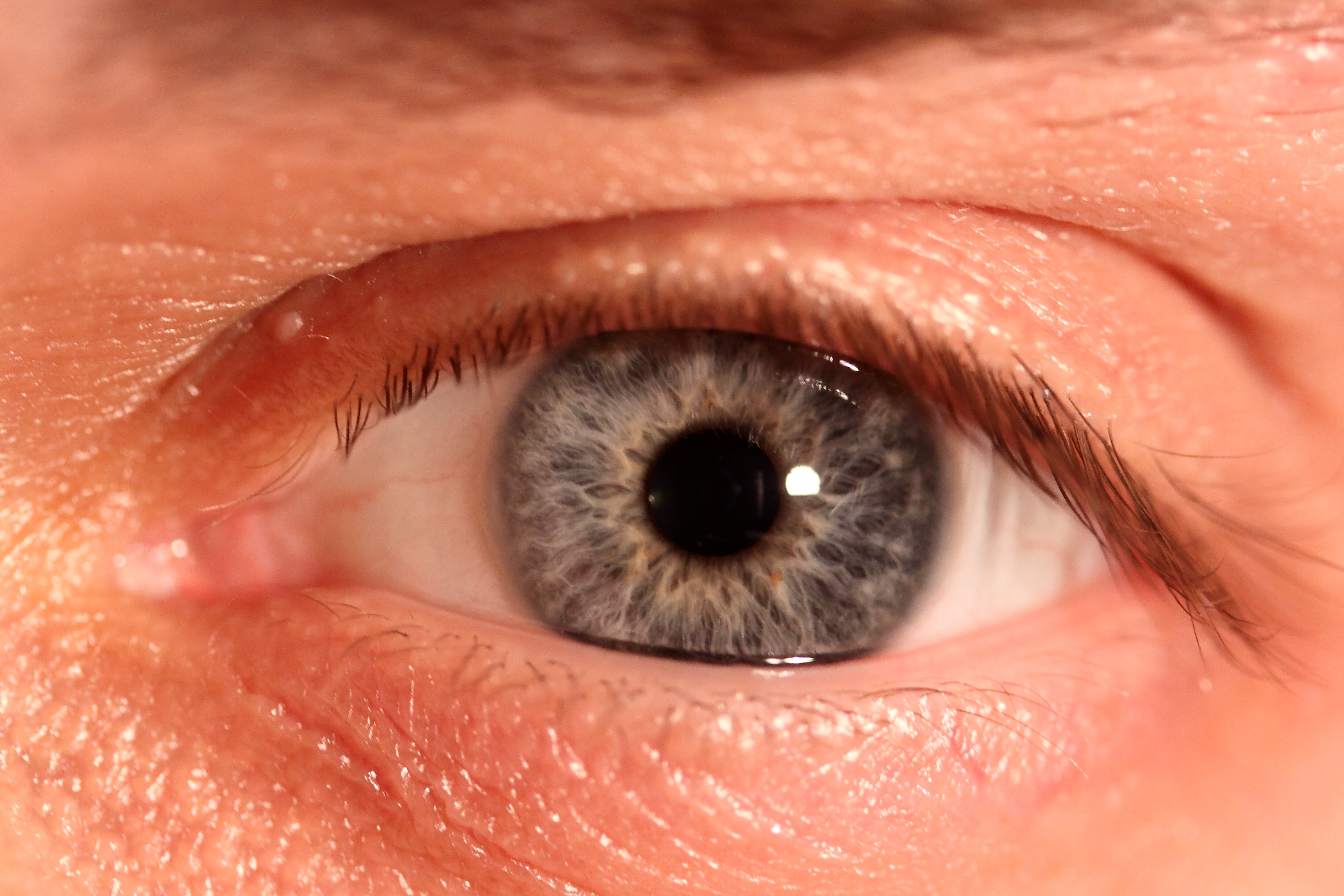Glaucoma is an eye disease which damages the optic nerve. The optic nerve communicates visual information from the eye to the brain, allowing us to see the world as we do. If the optic nerve is damaged, its function could be compromised, leading to vision loss and even blindness. Indeed, glaucoma is a leading cause of blindness worldwide.
The most common type of glaucoma is open-angle glaucoma. The “angle” in the name refers to the eye’s drainage angle. The drainage angle is like a mesh strainer which allows fluid in the front of the eye to flow back and leave the eye. In open-angle glaucoma, the drainage angle is open but inefficient. As a result, fluid leaves too slowly and builds up in the eye. This leads to increased eye pressure, which can damage the optic nerve.
There is no cure for glaucoma since damage to the optic nerve cannot be reversed. However, there are several treatment options which can lower eye pressure. These treatments aim to prevent further damage to the optic nerve and preserve as much vision as possible.
Image Source: RapidEye
Eye drops are often prescribed as the first-line of treatment for glaucoma. Beta blockers, cholinergic drugs, and prostaglandins act to increase fluid drainage out of the eye, thereby preventing fluid buildup. Alpha-adrenergic agonists and carbonic anhydrase inhibitors work by lowering fluid production in the eye. With decreased fluids present, slow drainage is less of a problem.
In some cases, especially if eye drops do not adequately control a patient’s eye pressure, surgery may be considered. The most common glaucoma surgery is the trabeculectomy. This procedure entails making a small hole in the sclera, the white eye wall. The hole allows fluid to drain and collect in a miniature reservoir between the sclera and the conjunctiva, the membrane that covers the sclera. Flow through the hole is controlled by a small scleral “flap” or “trapdoor.”
Image Source: Portra
Several different laser treatments could also be used to lower eye pressure. For a patient with early-stage glaucoma, laser therapy might focus on increasing fluid drainage. For a patient with advanced glaucoma, laser therapy could be used to destroy part of the ciliary body, which produces fluid.
It is estimated that half of Americans with glaucoma do not even know they have it. Open-angle glaucoma is a “sneaky” disease because it has no symptoms; patients often do not realize that something is wrong until they experience peripheral vision loss, by which point the optic nerve is already damaged. Thus, especially as you grow older, it is vital that you have regular comprehensive eye exams. Diagnosing glaucoma sooner rather than later could save your vision.
Featured Image Source: 2009.01.15 – Awake by Adrian Clark










